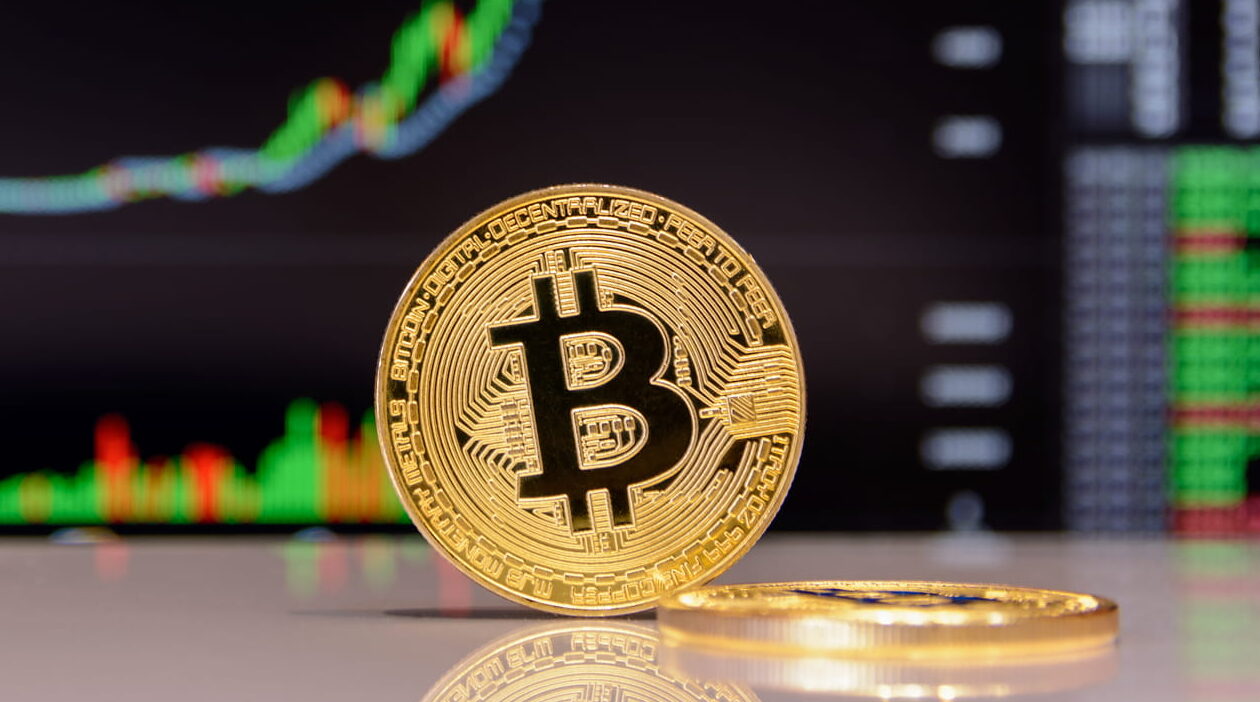Bitcoin trading strategies Bitcoin trading is one of the most dynamic and closely watched industries in the global financial scene. Over a decade ago, what started as an experimental digital currency was now a trillion-dollar market driven by institutional investors, retail traders, and governments all fighting for impact. In addition to its current price of $104,000, its influence on economic policy, technical innovation, and market psychology will also be significant by 2025.
Fundamentally, Bitcoin trading is the purchase and selling of Bitcoin meant to profit from changes in the market. Traders engage in this activity using various approaches and platforms, tailoring each technique to a specific risk tolerance, time horizon, and market environment. Bitcoin runs 24/7, unlike conventional stock trading, which presents special chances and difficulties for players.
Essentials of Bitcoin Trading
Good Bitcoin trading strategies is mostly dependent on knowledge of psychological dynamics, technical indicators, and market cycles. Although long-term investors might depend on macroeconomic data and adoption patterns, traders usually make their decisions on shorter-term criteria, including price charts, trading volume, and support-resistance levels. Bitcoin trading depends much on technical study. Tools that are often used to find entry and exit positions include Moving Averages, Bollinger Bands, and RSI (Relative Strength Index). Trendlines, Fibonacci retracements, and candlestick patterns also enable traders to project possible market reversals or continuities.
But given Bitcoin’s notorious volatility, even experienced traders have to be adaptable and ready to change their plans in reaction to fast-changing moods. Still another fundamental idea is market liquidity. Among the most liquid assets available worldwide, Bitcoin is unlike altcoins that could have thin order books. Through platforms like EDX Markets and CME Bitcoin Futures, dealers can conduct sizable deals with negligible slippage—an advantage that institutional players like hedge funds and family offices value.
Popular Bitcoin Trading Strategies
There are various ways traders could engage in the Bitcoin market. Some want a long-term “HODLing” approach, purchasing Bitcoin and holding it through market cycles in the hope that scarcity and growing acceptance will raise its value over time. Some traders engage in swing trading, aiming to profit from short- to medium-term price swings by entering positions at perceived lows and exiting at anticipated anticipated highs. Another tactic using high-frequency trading that takes advantage of minor price fluctuations—often using bots or sophisticated algorithms—is scalping.

Modern Bitcoin trading strategies also define themselves in part using leverage. Margin trading on sites like Binance, Kraken, and OKX lets customers borrow money to increase their stakes. Although this could result in large earnings, it also greatly raises risk; hence, appropriate risk management is rather important. Tools traders employ to guard their capital are stop-loss orders, position sizing, and diversification.
Furthermore, resulting from institutional interest are specialist exchanges like EDX Markets, which serve just major traders. These systems offer compliance tools meant to satisfy financial institution criteria, vast liquidity pools, and sophisticated order execution tools. The participation of companies like Fidelity Digital Assets and Citadel Securities in such projects emphasizes the rising legitimacy and development of Bitcoin as an asset class.
Bitcoin Trading and Regulation
Trading Bitcoin works in a constantly changing legal environment. Recent events in the United States include the acceptance of spot Bitcoin ETFs, therefore indicating a change towards mainstream financial integration. Through conventional brokerage accounts, these financial instruments let investors expose themselves to Bitcoin, therefore reducing the entrance barrier and raising market participation. Countries such as Canada, Switzerland, and Singapore have developed advanced systems for crypto control worldwide that strike a mix between investor safety and innovation. Jurisdictions like Pakistan and India are creating their own regulatory frameworks to handle growing retail interest in the meantime. For example, some apps located in Pakistan today interact with foreign exchanges to provide real-time market education and local currency support.

Many big institutions still treat Bitcoin trading carefully even with the regulatory advances. Although the Biden government in the United States shows a more positive opinion on cryptocurrencies, banks remain cautious because of unknown compliance issues. This conflict between innovation and control illustrates the importance of openness and adequate attention in the trade process.
Navigating Bitcoin Market Volatility
The appeal and drawback of Bitcoin trading stem from its volatility. Although traders can make large profits, they also run substantial risk from rapid losses. Abrupt price adjustments can result from events including macroeconomic changes, technical problems, or legislative crackdowns. For instance, past events like significant exchanges being hacked or insolvent—like Mt. Gox or FTX—had knock-on consequences throughout the whole market.
Traders seeking to mitigate these risks must stay informed about broader market conditions, in addition to relying on technical analysis. Geopolitical events, central bank policy, and economic data influence the price of Bitcoin. Successful traders differ from others in their ability to combine several elements into a coherent trading philosophy.
Final thoughts
Rising institutional usage, better legal clarity, and the inclusion of AI-driven analytics will probably help redefine Bitcoin trading going forward. The ecosystem will keep growing in complexity and sophistication as more financial products connected to Bitcoin become available—including options, ETFs, and index funds.
Blockchain interoperability and Layer 2 solutions, such as the Lightning Network, are also improving transaction efficiency and enabling quicker and less expensive trades. Furthermore, the combination of Bitcoin with distributed finance could revolutionize trade behavior by means of hybrid platforms combining the best of centralized and decentralized systems.







